When shark fishing stakeholders told government planners that the statutory boundaries didn’t match where they actually fish, the planners adjusted the boundaries. When the Ministry of Foreign Affairs flagged overlaps with Mexico’s Caribbean Biosphere Reserve, the team didn’t push forward anyway. They turned to a phased approach. Ideally, that’s how marine protection should work. And in Belize, achieving 25% ocean protection meant doing things differently—listening first, protecting second.
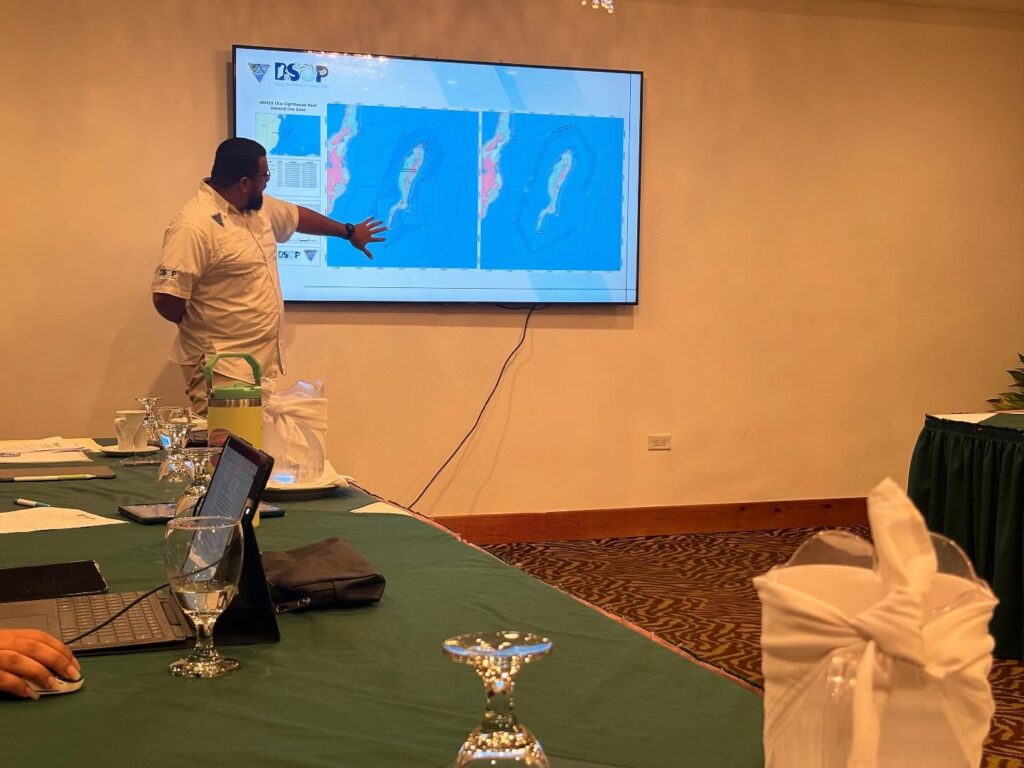
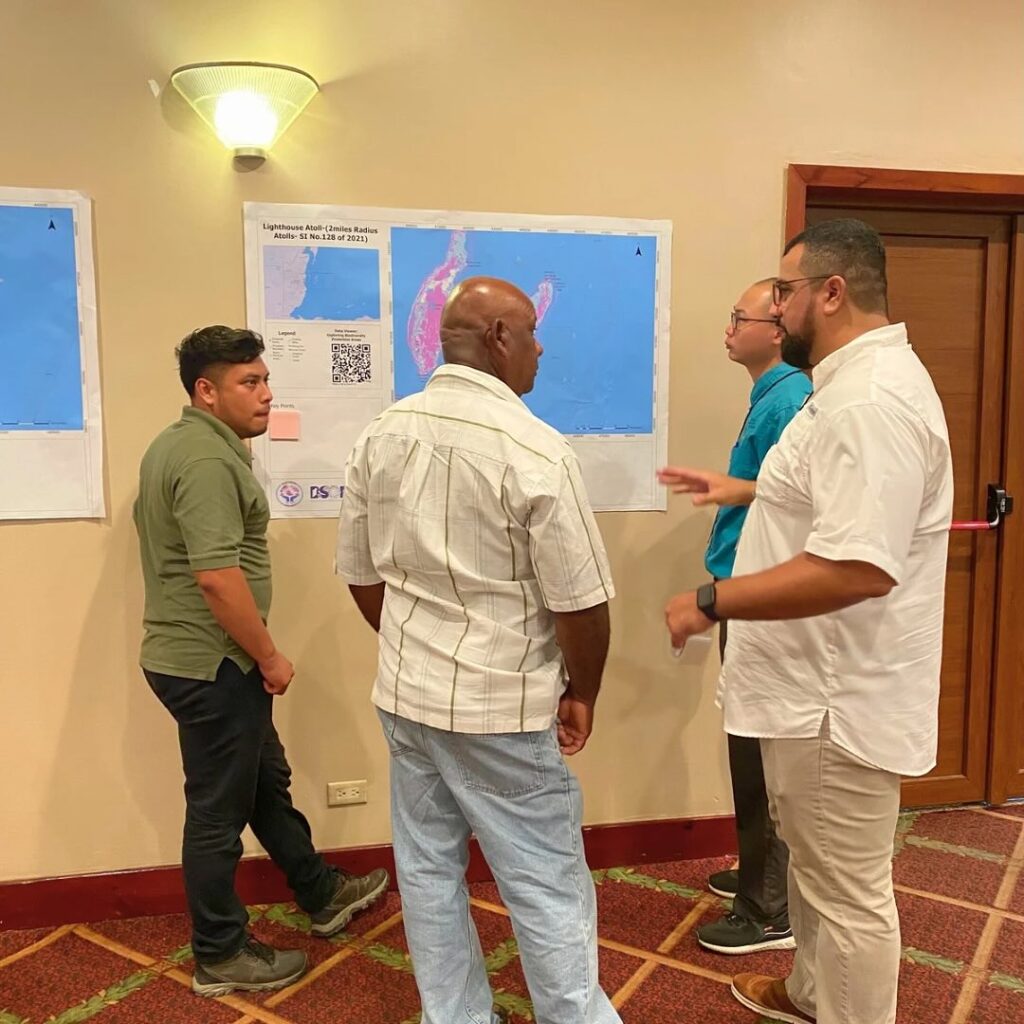
Belize Achieves Milestone 4
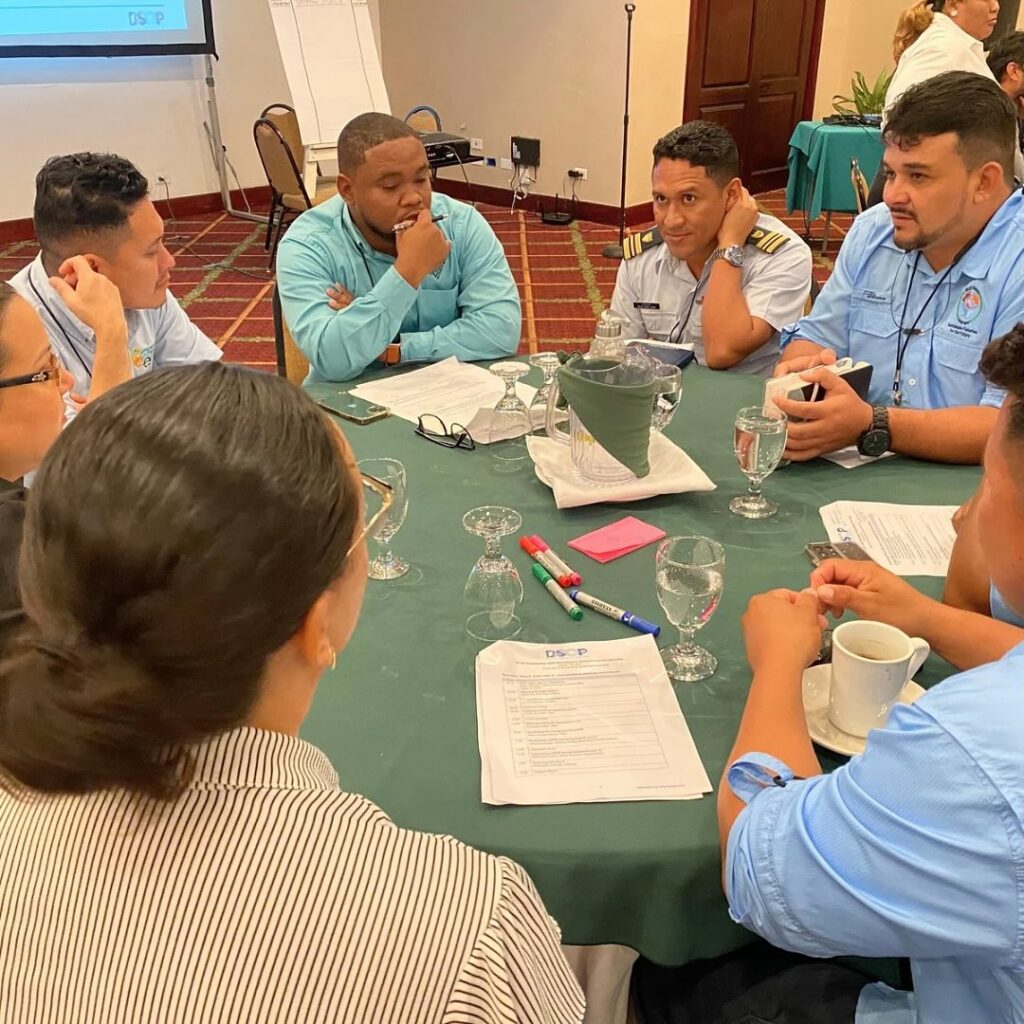
In November 2024, the Government of Belize officially achieved Milestone 4 under the Belize Blue Bonds for Ocean Conservation program, formally expanding marine protection to 25 percent of the country’s ocean territory. Under the Global Biodiversity Framework adopted in 2022, nearly 200 countries committed to protecting 30% of the world’s ocean by 2030—the “30×30” target. But three years in, most nations are nowhere close. It is a proud moment for Belize. And as a small nation, it’s proof: we can deliver on global commitments.
But the real story isn’t the percentage. It’s how we got there.
Reaching this milestone was no simple checkbox. It meant legally designating more than 1,669 square kilometers of new Biodiversity Protection Zones, stretching from the deep blues of Lighthouse Reef Atoll to the seagrass beds of Bacalar Chico. Together, they bring Belize’s total protected waters to 8,360 km².
“The expansion wasn’t a group of agencies drawing lines on a map,” says Safira Vasquez, Acting Director of the Blue Bond & Finance Permanence Unit. “We spent a lot of time listening to the fishers, the tour guides, the coastal residents, because the proposed boundaries had to be validated by the local reality.”
Community-Based Planning and Marine Spatial Engagement

What that looked like in practice? Boat-to-boat campaigns with the Belize Fisheries Department. Participatory mapping sessions using the SeaSketch Ocean Use Survey tool in 27 communities. Public consultations in 11 coastal towns from Sarteneja to Punta Gorda, engaging over 300 participants. Targeted stakeholder meetings with deep-sea fishers from Lighthouse Reef and Glover’s Reef Atolls, San Pedro tour operators, and members of the Lighthouse Reef Advisory Council.
The Coastal Zone Management Authority and Institute (CZMAI) led the technical process through the Belize Sustainable Ocean Plan (BSOP) planning process. Its approach was intentionally inclusive, science-based using decision-support tools like the Marxan software, and community-conscious. The result is a plan shaped not just by global best practices in ocean management, but codesigned by the hands and voices of Belizeans who depend on the ocean every day.
“Stakeholders supported expanding protection, but only if it strengthened sustainable activities rather than eliminated them, and only if enforcement mechanisms were in place to make protection meaningful,” CZMAI’s documentation notes. That last point matters. For many coastal residents, skepticism lingers from past projects that promised participation but delivered little follow-through.

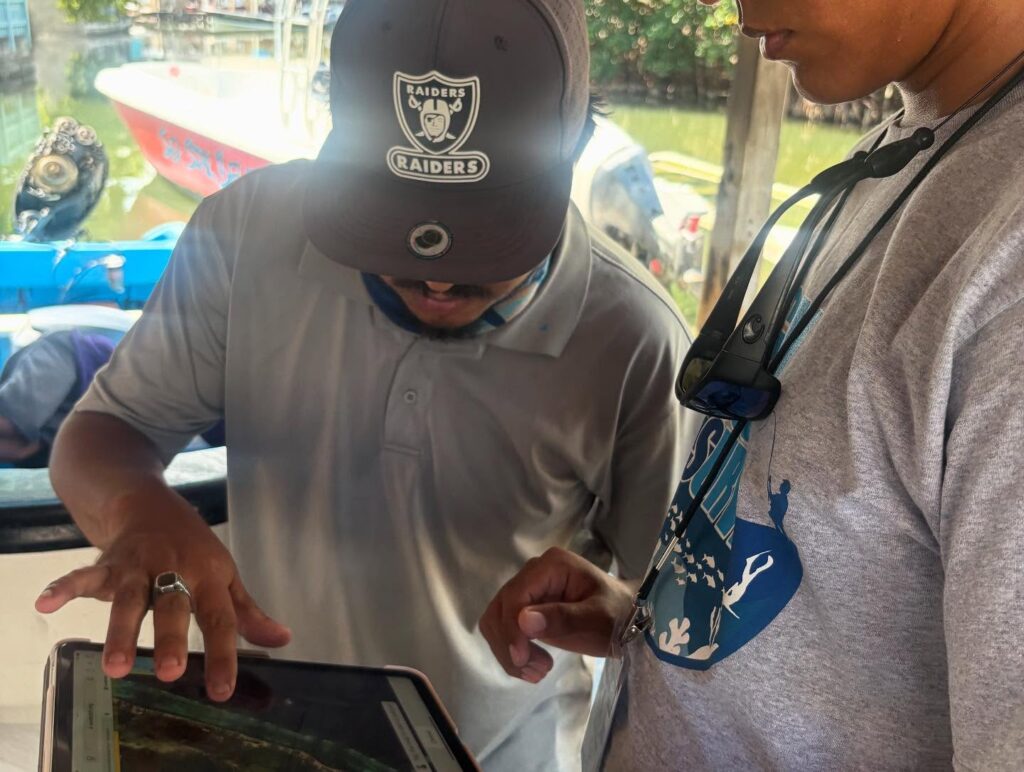
New Zones That Balance Use and Conservation
The four new Medium Protection Zones, Lighthouse Reef General Use Zones I & II, expansions at Glover’s Reef and Bacalar Chico, breathe new life into community-led stewardship. These zones strike a balance between people and planet, allowing limited, well-managed use so reefs can rebound while fishers continue to earn their living. It’s an example of conservation with people, not against them.
Financing Conservation Under the Belize Fund
As part of the Blue Bonds framework, the Belize Fund has allocated more than US$7 million its Government Strategic Allocation to support Belize’s conservation commitments. This funding supports the marine protected areas expansion, data collection, enforcement, spatial planning, and outreach.
“By securing 25% of our ocean space under protection, we’ve shown that even a small island developing state like Belize can lead globally when it comes to ocean protection,” Vasquez emphasizes. “This reflects strong political commitment, sound science through the BSOP process, and innovative financing that ensures national ownership.”
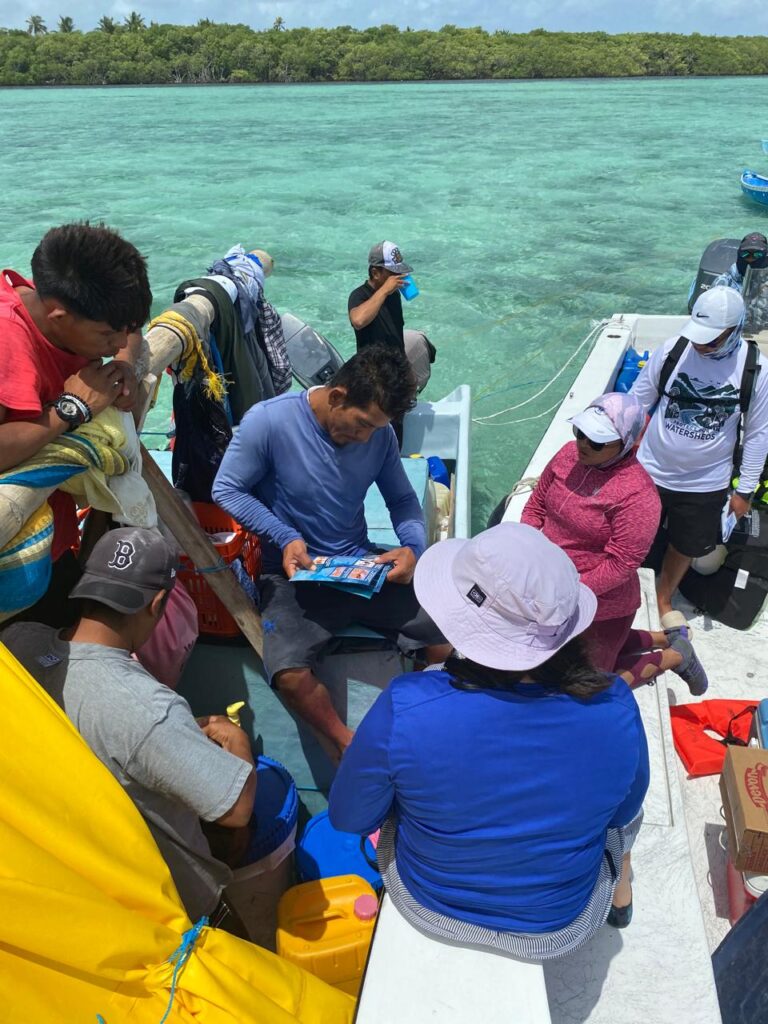
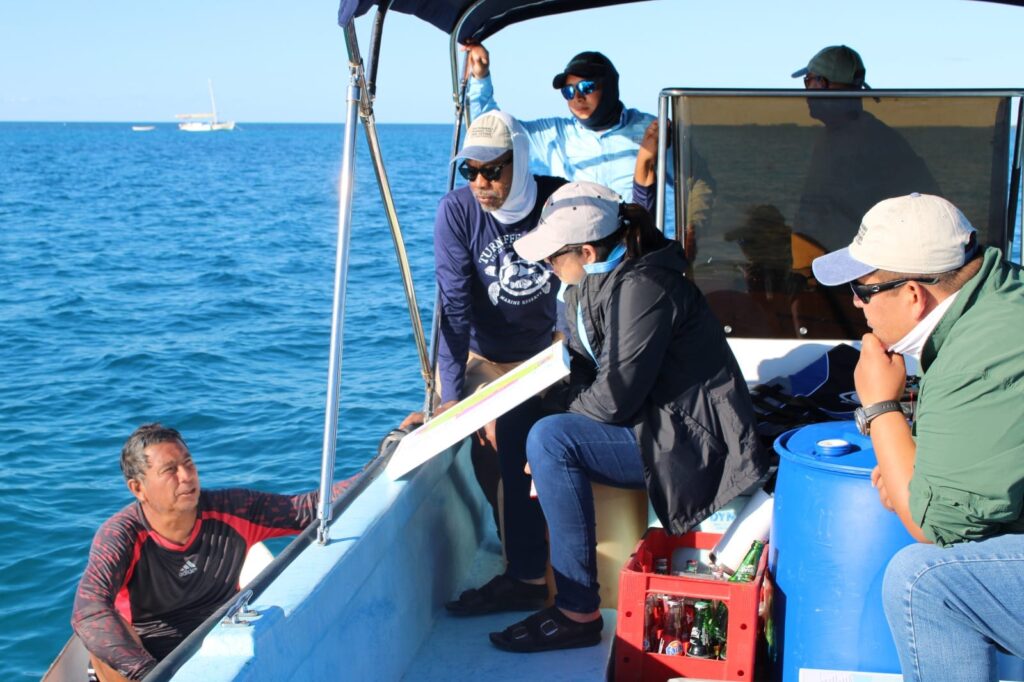
With Milestone 4 achieved, Belize now turns toward its 30 percent target (Milestone 6) by 2026.
Consultations are highlighting priority areas that fill gaps in the existing protected areas network, and balance ecosystem needs with coastal livelihoods.
The Belize Sustainable Ocean Plan will also be finalized and serve as the country’s first ever roadmap for managing how we use our ocean space. By aligning tourism, fisheries, and conservation, it means smarter decisions about where we fish, build, and protect. This will ensure that the ocean continues to sustain both people and nature for the long term.
The Next Challenge: Effective Management and Enforcement
But the real next challenge? Making sure these areas are effectively managed and laws are effectively enforced and that the benefits of a healthier ocean flow back into the communities that helped design these zones.
“Success goes far beyond meeting percentages on paper,” Vasquez reflects. “It’s about seeing our reefs recover, fisheries thrive, and communities benefit from better-managed marine areas. Small island nations like Belize are creating scalable, lasting solutions. And we should be proud.”
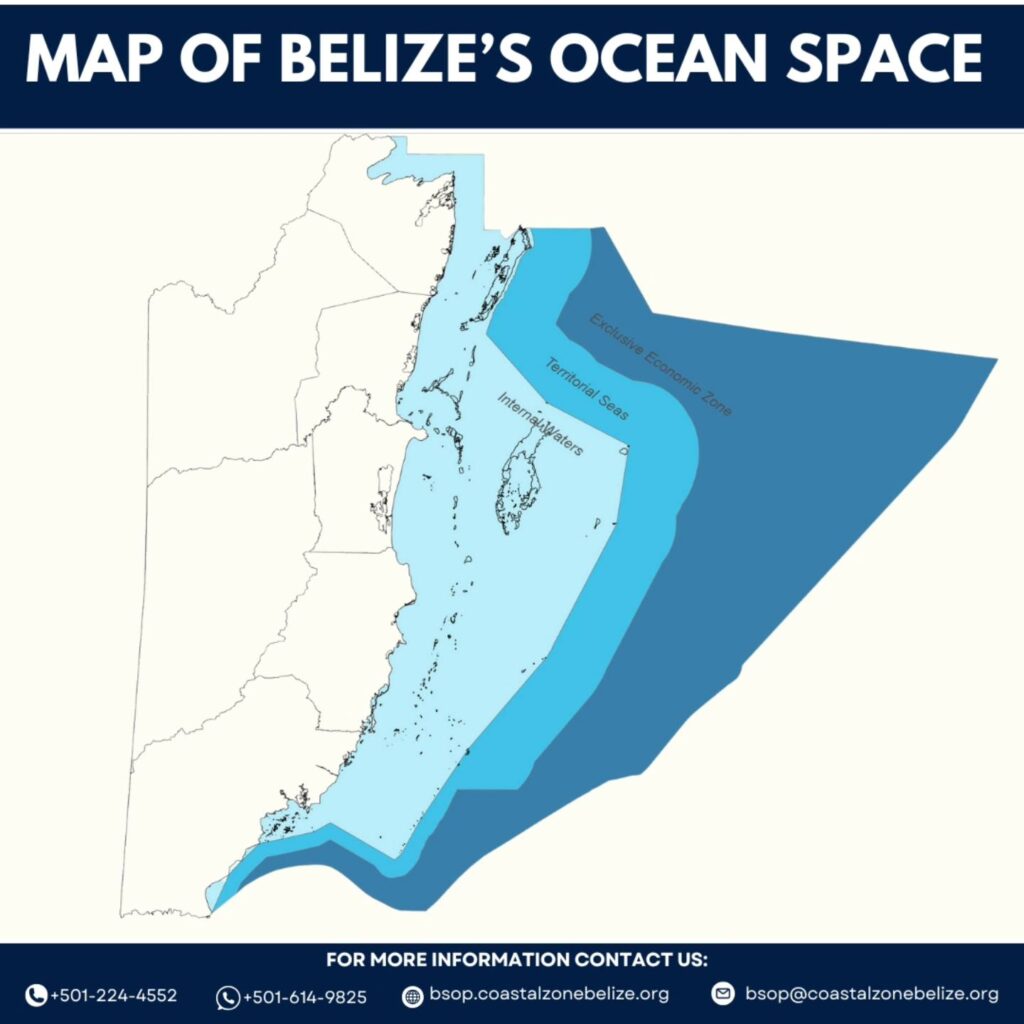
When we last asked “What does it really take to protect the ocean?“, the world was talking about big promises. Now, Belize has delivered one. But it takes listening as much as leading. It takes financing that flows to frontlines. It takes communities as key partners, not afterthoughts.
